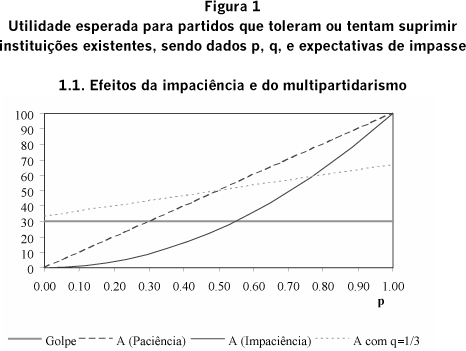Much of the recent analysis of presidentialism has been based on the assumption that executive-legislative confrontation creates simultaneous conditions for policy stability and regime breakdown. In the first section of the paper, I show that there is an inherent logical tension between these two predictions and that they rely on contradictory assumptions. In the second section, I develop a model of executive-legislative deadlock and argue that regime instability is more likely when partisan players are unilaterally impatient, when institutional design is biased in favor of one party, and when the number of parties is greater. In the third section, I test the predictions of the model using time-series cross-section data for 19 presidential countries in the Western Hemisphere between 1950 and 2000. Finally, I discuss how this approach illuminates some empirical puzzles like the historical survival of American presidentialism and the lower levels of regime instability created by executive-legislative deadlock in Latin America in the 1990s.
presidentialism; stability; regime; Latin America







